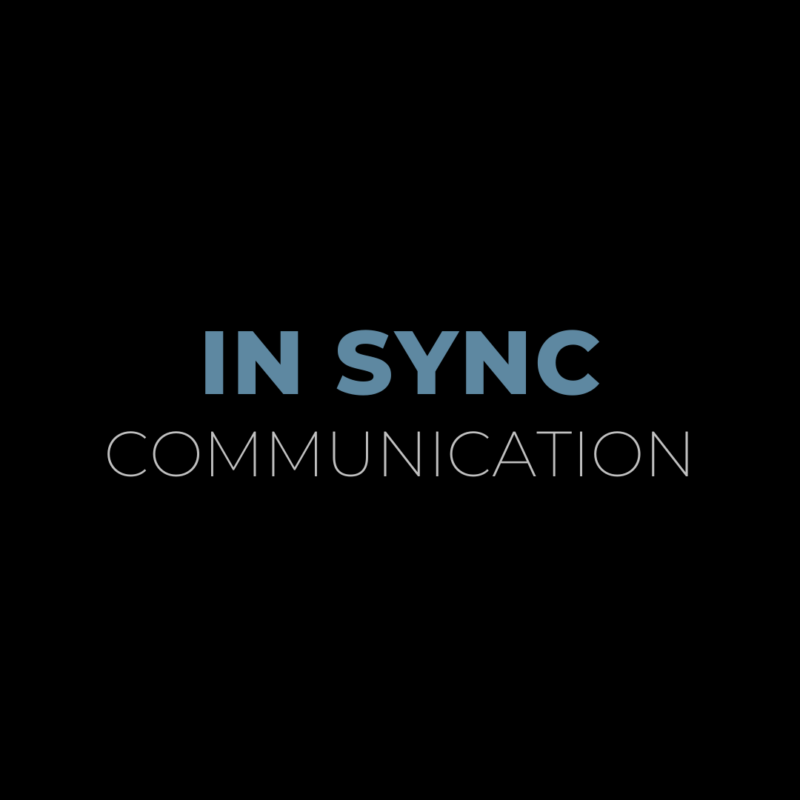Five (new) event mistakes and how to avoid them
Planning events has always been challenging. As a person who planned, coordinated and executed a wedding in which I was also the bride, and as a public relations professional, I feel uniquely equipped to make that statement. In the five years since I made my debut and simultaneous exit as a wedding planner, events have changed dramatically. They essentially took a two-year hiatus only to storm back with a vengeance this summer and fall.
We cannot expect to plan events in the same way that we did pre-2020. Vendor management, timeline development and partygoer expectations have shifted dramatically, sometimes in opposite directions of each other. If you enter your next event planning committee with your timeline and resources from 2019, you are going to get hit by reality, hard.
So, before you start planning your next event, take a moment to learn what I have learned the hard way. Here are five event mistakes and how you can avoid them.
- Setting a short timeline.
All of the mistakes I outline below flow out of this one. You cannot plan an event in a few months’ time. Time has always been a friend to event planners, but ample time is now a must to ensure your event is a success. Vendor availability and worker shortages have deeply impacted the event industry, and some of your go-to caterers, bartenders, musicians and rental companies may not be able to service your event if they receive notice too late. Depending upon the size of your event, you may not be able to find a place that can accommodate you. And as paper shortages leave print shops hanging, your invitations may not hit mailboxes in time for people to save the date (and even then, we still have to consider the reliability of mail courier services these days). You can now see the picture: Every industry connected to event execution is feeling a time crunch.
My recommendation on a meaningful event planning timeline? Give yourself at least a full year. You may feel silly requesting quotes and booking venues four seasons in advance, but you’ll save yourself a lot of time and money by getting ahead of the game. Plus, you can then set your own promotional timeline, giving yourself more opportunities to build your guest list and throw a successful party.
- Not reading the contractual fine print.
As ballrooms sat empty and caterers received more cancellation notices than requests for quotes, event vendors revised policies to secure their bottom line. If you don’t thoroughly read the contractual fine print when you book a service for your event, you could lose thousands of dollars in deposits or booking fees if you have to make changes. Things you may have assumed were included in a vendor quote might not be part of your quote anymore, and the added costs mount quickly.
My suggestion? Read through your contracts with your vendors and ask meaningful questions. You want to make sure you understand all of their cancellation policies and other regulations regarding event insurance, crowd management and other details you may not have thought through. As you add on the required elements to partner with a specific service provider, you may find that their initial quote isn’t as affordable as you thought. This leads me to my next point…
- Prematurely building a budget.
Events are expensive, and the costs seem only to be rising. If you set an event budget based on past expenditures, you may find that your plated dinner for 200 is shaping up to be a passed hors d’oeuvres and lemonade hangout hour for 150. Starting early and fully understanding what your vendor quote entails can help you build a realistic budget, one that might determine whether you should even be having this event at all. You don’t want to cut corners to bring your budget into check because people will notice (see mistake five later in this piece).
My tip? Use real quotes from vendors to build a proposed budget. If you go into budget planning with quotes at your disposal, you are more likely to get approval from higher-ups. Event planning goes much more smoothly if everyone is well-informed about the costs of the event you’re about to throw. And with quotes in hand, you can meaningfully restructure and adjust your event scope BEFORE you start promoting it.
- Anticipating major sponsorships.
Pump the brakes if your event is dependent upon uncommitted, but anticipated, business sponsorships. Event sponsorships can make or break an event, especially if it is a fundraiser. But the current economic environment is not one in which you want to rely upon other people’s money to float your shindig.
Wondering what to do instead? Build your budget based on the money you have in hand. Maybe that is commitments from businesses that traditionally support your work or maybe it’s from your organization’s operating budget. If you are able to secure additional sponsorships from there, that’s icing on the cake! But in this world, you do not want to rely upon other people’s generosity to make your event happen.
- Creating unrealistic expectations for attendance and participation.
If you haven’t been out in public recently, you may not have realized that people are acting… differently. Traditional behavior has been seemingly thrown out the window, and participation in events is an unpredictable trend. On one hand, many people are packing their social calendars full of opportunities to enjoy life and celebrate with friends. On the other hand, they’re not “wasting their time” on events that aren’t in alignment with exactly what they want to do. In short, people have wildly varying parameters around how they want to spend their time, and those expectations may be vastly different than they were three years ago. If your event sounds like it’s cutting corners or if you’re tacking on added fees for attendees to get the full event experience, your attendance is going to suffer
So, what do you do? Get creative. An event you threw in 2015 that attracted 500 people may pull in 125 this year if it’s not fresh and exciting. If you’re throwing an event, don’t opt for the same-old-same-old roundtable presentation you have done for 25 years. Make it fun and worth people’s time and money.
I told you I was going to give you five mistakes, but after writing this blog post, I feel like I owe you one more…
- Throwing an event for the sake of throwing an event.
I’m not trying to dissuade you from throwing a meaningful, impactful event. In fact, I think we all benefit from opportunities to get together and feel reminded that we’re not as different from each other as the internet makes us think we are. But spending $25,000 for a mediocre cocktail party isn’t likely to net the return on your investment that you’re looking for. It’s a much better idea to go back to the drawing board and build an incredible event strategy than to throw a party because you haven’t in a few years. And if you need help laying out the groundwork, Obsidian’s here to be your partner.


